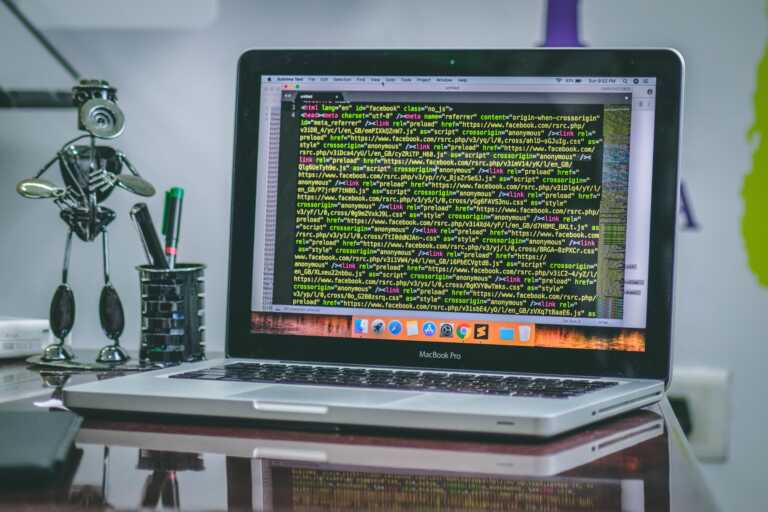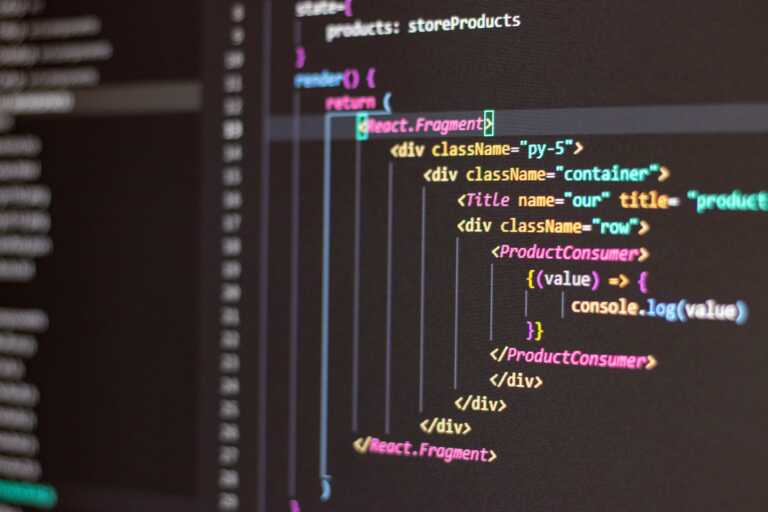How to use Loop in JavaScript ?
Introduction
Loops are essential constructs in programming that allow you to repeat a set of instructions multiple times. In JavaScript, loops are indispensable tools for iterating over arrays, objects, and other data structures, enabling developers to efficiently process and manipulate data. In this blog post, we’ll delve into the world of loops in JavaScript and explore their types, use cases, and best practices.
Types of Loops in JavaScript
JavaScript offers several types of loops, each suited to specific scenarios. Let’s explore the three primary types: for, while, and do-while loops.
- For Loops:
Theforloop is one of the most common loop constructs. It consists of three parts: initialization, condition, and increment/decrement. Here’s the basic structure:
for (initialization; condition; increment/decrement) {
// Code to be repeated
}
For example, consider looping through an array using a for loop:
const numbers = [1, 2, 3, 4, 5];
for (let i = 0; i < numbers.length; i++) {
console.log(numbers[i]);
}
- While Loops:
Thewhileloop repeats a block of code as long as a specified condition is true:
while (condition) {
// Code to be repeated
}
A classic use case involves repeatedly prompting the user until a valid input is received:
let userInput;
while (!userInput) {
userInput = prompt("Enter your name:");
}
- Do-While Loops:
Similar to thewhileloop, thedo-whileloop executes the code block at least once before evaluating the condition:
do {
// Code to be repeated
} while (condition);
This is useful when you want to ensure a certain action happens at least once, regardless of the initial condition’s result.
Best Practices for Using Loops
- Loop Efficiency:
When iterating over large arrays, consider caching the array’s length to avoid reevaluating it in each iteration:
const numbers = [1, 2, 3, 4, 5];
const length = numbers.length;
for (let i = 0; i < length; i++) {
console.log(numbers[i]);
}
- Avoid Infinite Loops:
Always ensure that your loop’s condition will eventually evaluate to false. Infinite loops can freeze your application and lead to unexpected behavior. - Loop Control Statements:
JavaScript providesbreakandcontinuestatements to control loop flow.breakexits the loop entirely, whilecontinueskips the current iteration and moves to the next one.
for (let i = 0; i < 10; i++) {
if (i === 5) {
break; // Exit loop when i equals 5
}
if (i === 3) {
continue; // Skip iteration when i equals 3
}
console.log(i);
}
Conclusion
Mastering loops in JavaScript is a crucial skill for any developer. Loops provide the means to efficiently process and manipulate data, enabling you to write more dynamic and powerful code. By understanding the different types of loops and adhering to best practices, you’ll be well-equipped to tackle a wide range of programming tasks. So go ahead, experiment with loops, and watch your JavaScript skills soar!










Mastering Loops in JavaScript: A Comprehensive Guide